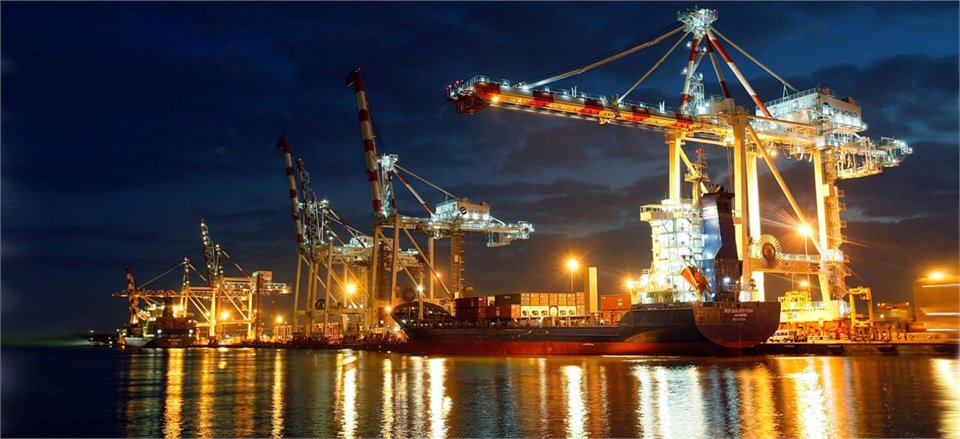
Bigger vessels are coming to Melbourne
Melbourne is the largest container port in Australia. Last year, the Port of Melbourne reported a total of 2.93 million TEUs passed through the three international stevedores. It is estimated each vessel visiting the port brings approximately $1.4 million in benefits to the Victorian economy. With the freight volumes expected to grow over 3.5% annually between 2018 and 2040, inevitably this will bring many benefits to all Victorians. However, to see these benefits, Melbourne needs to ensure it remains ready and in a strong position to service the increasing vessel sizes coming to its port. We are already seeing 7000-10000 TEU vessels cascading into Australian ports. Shipping lines continue to build and utilise mega ships to drive economies of scale.
Australia’s larger ports need to be able to handle the bigger ships. The goal today is to optimise the efficiency of our ports to handle the demand of cargo. Ten years ago, the average size of a container vessel coming to Australia was 2,460 TEU, compared with 4,176 TEU in 2018. As the vessel sizes increase, the existing infrastructure needs to be improved in order to handle the incoming vessels. Requirements to deal with the newly declared services for vessel sizes above 8000 TEUs now pose serious challenges to current infrastructure around crane sizes, berthing constraints, manoeuvring, tugs and the berth infrastructure to accommodate larger cranes and vessels. This all requires significant investment to refit existing ports but with no serious increase to volumes. However, the benefits of introducing larger vessels demonstrates its value in lower transport costs and reduced emissions. Drewry’s recent Maritime Advisors report states that “Shipping lines will nearly always choose the largest vessel that they can fill with cargo on a weekly rotation. The cost savings to Australia of upgrading from a 5,000 TEU to 11,000 TEU ship would be significant.” This leads into carriers creating new alliances to deploy their largest ships in the best services, this is evident as the global shipping lines have consolidated their fleets.
It was only last year that the Port of Melbourne was granted permission to service vessels with a capacity of over 8000 TEUs. VICT welcomed the A3 Central service, consisting of COSCO, OOCL and ANL shipping lines in 2018 and all the vessels within this service are over 8,000 TEU. VICT is the future capacity of the Port of Melbourne; not only is it at the forefront of technology in stevedoring, it is the only container terminal properly equipped to deal with the next generation of vessel due to its location and design to cater for the larger vessel exchanges. VICT is on the bay side of the West Gate Bridge, therefore has no height limits or turning basin restrictions. As the economic demand continues to grow, VICT is capable of servicing larger vessels up to 12,000- 14,000 TEUs. However, due to berthing restraints, VICT can now only berth one larger vessel at a time. With some wharf extension and improvements, this could be easily remedied. However, currently with inherent constraints up the river, under the West Gate Bridge and navigational constraints – as well as VICT effectively being reduced to a one berth terminal - congestion will again quickly become a problem in the Port of Melbourne and bring with it delays, and significant increases in the cost of doing business in Melbourne.
The Victorian government, despite having sold the port assets to a private consortium on a 50-year lease, should continue to be planning for the infrastructure requirements as the bigger ships are coming and bringing increasing volumes which will place growing constraints on the existing road and rail infrastructure. The Victorian government must work with industry to develop a cohesive and realistic plan, for the future needs of freight and logistics of the Victorian economy. We need to future proof our port. If we want Melbourne to stay competitive and reap the economic benefits, we must future proof the port by ensuring the infrastructure can handle the bigger vessels. There is no other option if the freight and logistics industry is to remain the fastest growing economy in Australia.









